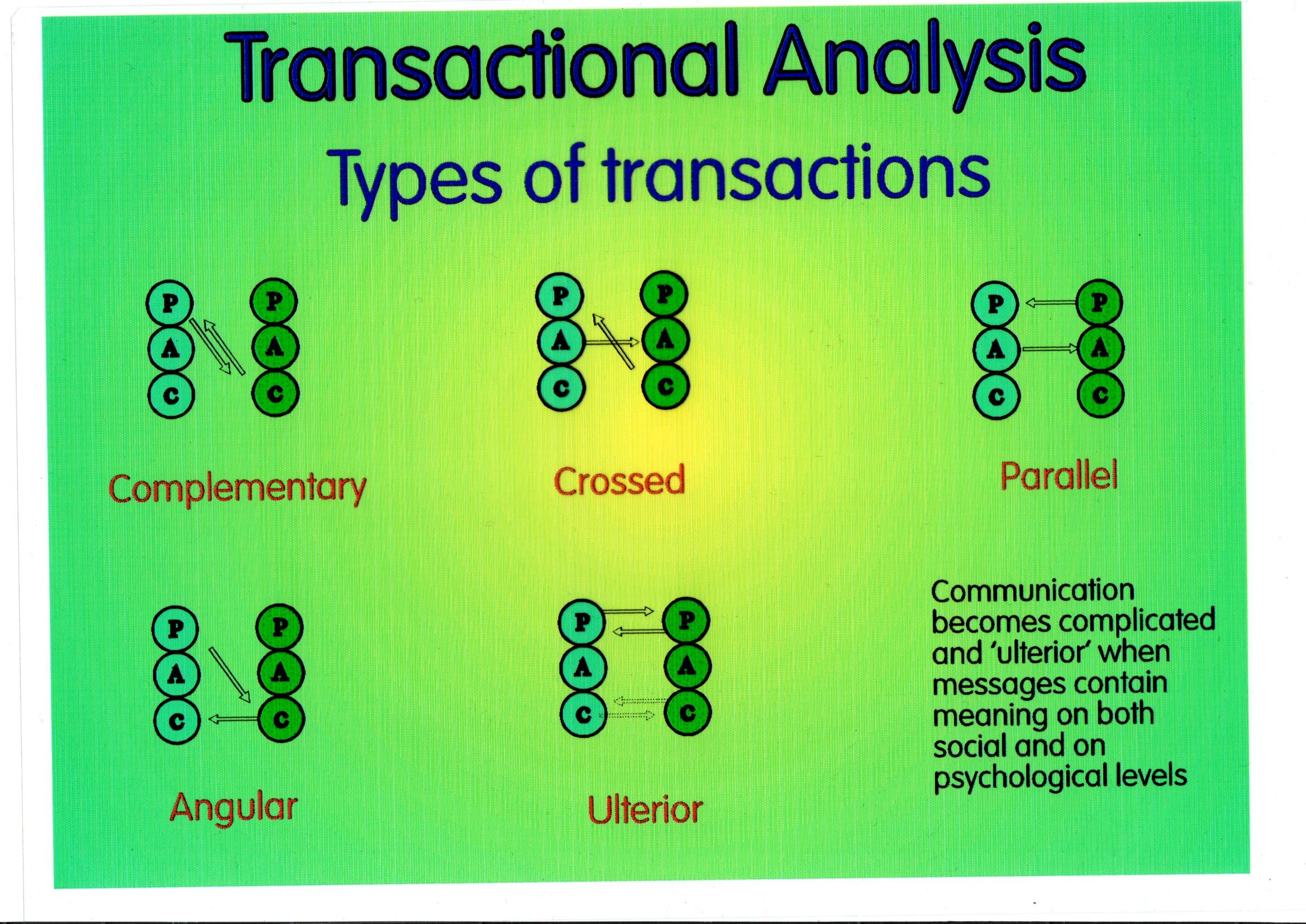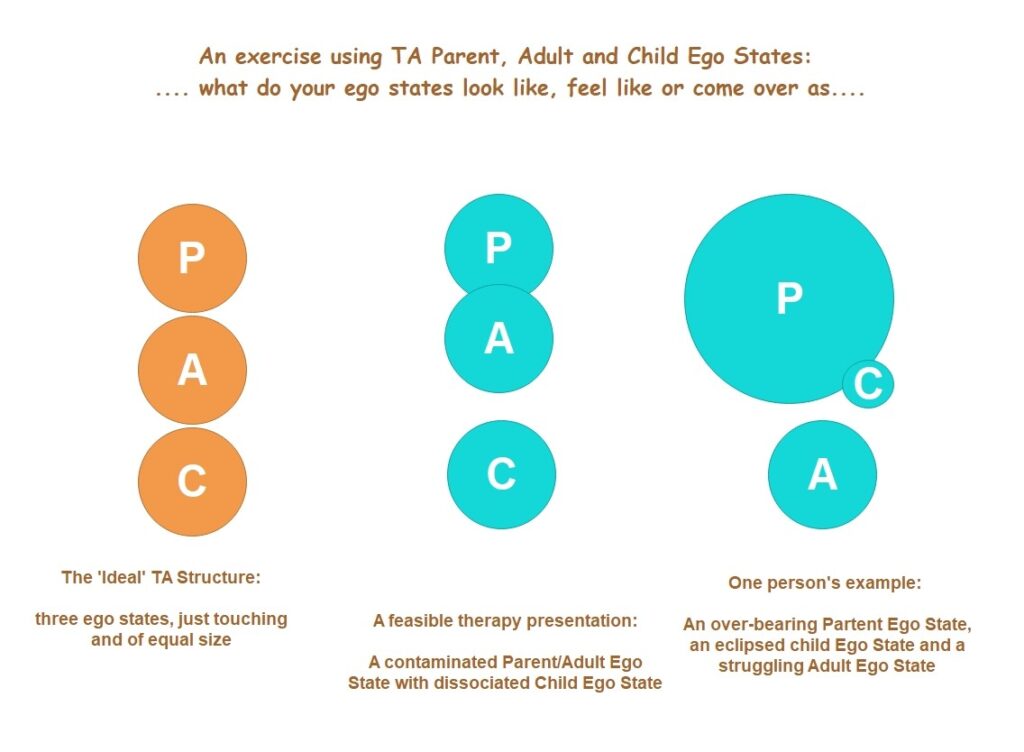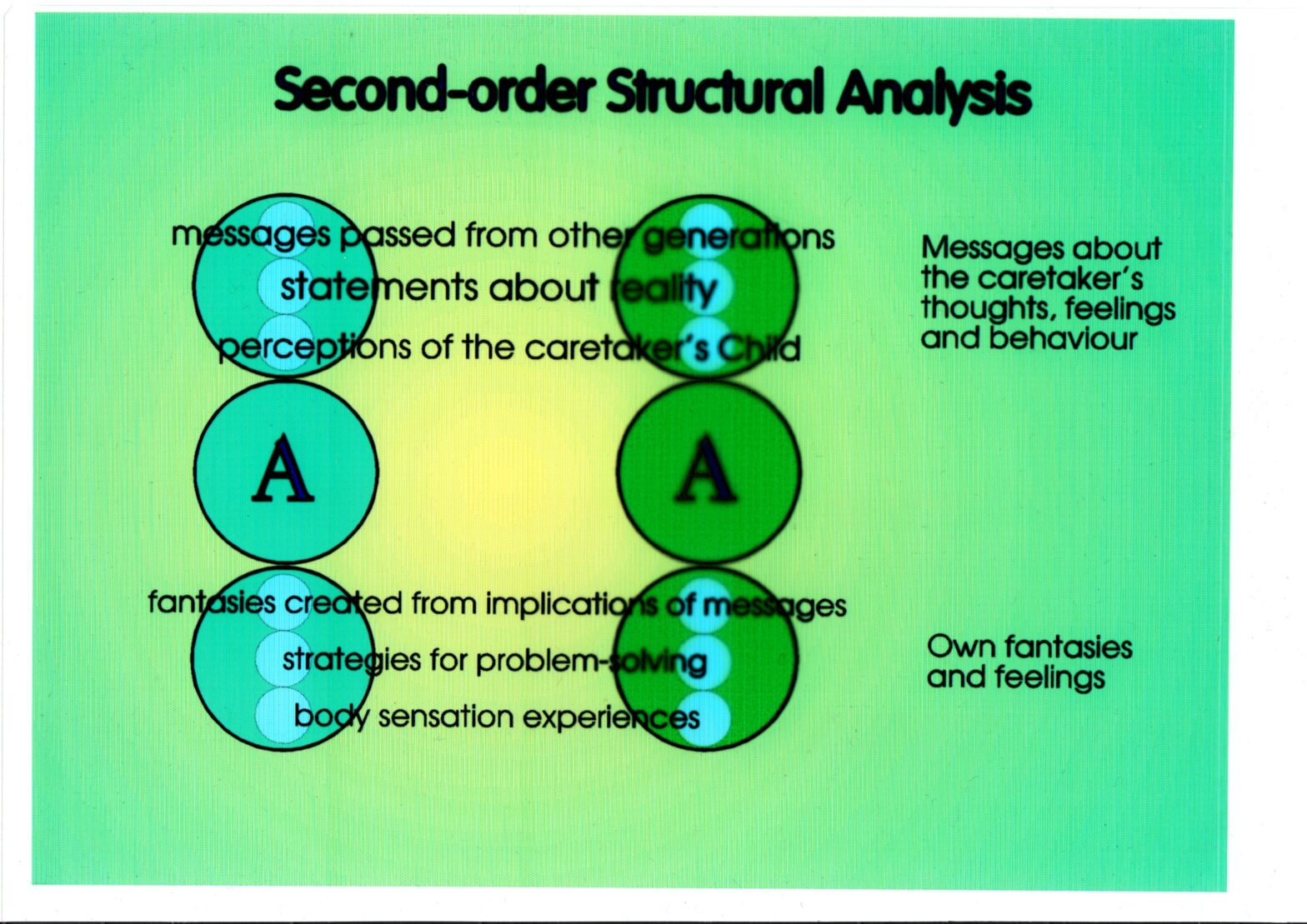I have mentioned several schools of therapy in the past months. I have left out the one that had the most impact on me personally: It is Transactional Analysis (TA).
It was one approach that did not require me to leave my brain at the door (the 60’s was very concerned with emotional self-expression and letting it all hang out!).
Maybe now is the time to talk about TA and some safe experiments arising from this model. Usual rules apply: it worked for me and, indeed, for many others. This does not mean it will work for you. I know some people hate diagrams, graphs and pictures and TA has lots! My header picture might be typical. Do not let it deter you, please!
There are many other leads you could follow. Here is one, with slides, that is wide-ranging.
Consider, as you read: “what can I do to translate TA ideas into my world“? “How might I use it to design my own safe experiments?” Here is a page that offers you some categories of safe experiments you might find helpful.
Eric Berne
TA was developed in the middle of the last century by an American psychiatrist called Eric Berne. He revisited the traditional therapies of Freud, and others, to add a behavioural dimension to therapy – at that time behavioural therapies needed more time to evolve into the more modern cognitive behavioural therapy (CBT).
Freud had sub-divided our being into different things – the id, the ego and the super-ego, to mention the well-known three.
Berne thought about it differently by identifying the behavioural potentials within three ego states – The Parent, The Adult and The Child. Put simply, these ego states emerged from a conversation between:

In this model each ego state has something important to say about the way we communicate. The fluency of those ‘conversations’ plays a vital part in determining our mental health – given that much of our wellbeing depends on our communications with ourselves and other important people in our life. You can imagine the potential for confusion when 3 x 3 elements seek to work together!
Let’s look at this a little further; person Blue is engaging with Person Green in the diagram, below.

This diagram demonstrates that fluent conversations arise when we communicate from one ego state, to the same ego state – and get it back in equal measure.
This is the complementary transaction.
All the others complicate the picture as one ego state aims its energy in one place and appears to get it back from another. That can lead to misunderstandings.
AN EXPERIMENT
I am going to leave you to speculate more on the other four communication styles. Do you find yourself intuitively attracted to one or the other?
How does that style of communication manifest for you with different people in your life, today?
Observe how the communication styles changes from person-to-person. You may have predominately complementary transactions with George and crossed transactions with Jane. I’m not saying your communications with Jane are always crossed, but you may observe a favoured style in place when you engage with Jane.
Another valuable quality of TA is its ability to identify how communications WITHIN ourselves get complicated. Notice two examples of such complications illustrated in this next picture.

This diagram demonstrates how just-touching and equal-sized ego states represent an ideal …. an ideal, I emphasise, not the real world!!
In the real world, we have opinions and prejudices. These arise when information is informed by what others told us. Most often, that works fine, but just occasionally, our failure to observe and just notice things for ourselves is over-ridden by the opinions of the previous generation.
The greater power of adults over little ones can lead us to accept things without question. Those ‘things’ can be prejudices – opinions (P) not supported by hard evidence (from A). Such examples will include racism, misogeny and insensitivity to ‘outsider’ groups of people. Oh, and also a low opinion of ourselves.
Things that can go wrong in our communications
The example of ‘delusion’ offered in the illustration, above, arises when the thoughts, feelings and sensations from our past get mixed up with today’s happening, e.g. “you’ll let me down just like my parents did“.You can put the two illustrations together to become aware of some quite sophisticated transactions. For instance, when two people meet these confusions of prejudice and delusion can create a special kind of ‘complementary transaction‘, one that matches in the following way:
1. by fostering a ‘complementary symbiosis’
…. through which two people meet each others’ needs. Parent relates to Child, and Child-to-Parent. It’s a match, but one that makes it difficult to be Adult-to-Adult. To often, it fosters a ‘competitive symbiosis‘, where two people ‘compete’ for Top Dog. So, Parent relates to Parent, and vice versa, or Child-to-Child, and vice versa. The end-result can be a shouting match or a Game of “Mine’s Biggest”!
By the way, symbiosis is a term for a ‘match’, usually in nature; between different animals. Thus, in nature, cleaner fish buzz around large fish nibbling away unwanted items that are leeching off the large fish. The small fish gets both protection and food, and the large fish gets some semblance of comfort!The problem – in communications – is that the symbiosis may not promote change. Indeed, it can go unnoticed as each of us gain a dubious benefit from continuing the restricted communication.
This form of exchange can foster ‘delusion’
… when something appears to exist now but the evidence for it is thin on the ground. Our memory selectively attends to information from the past to generate the picture we want to perpetuate. This can result in dodgy life decisions, e.g. choosing life partners based on things we learned from parents and care-takers. That way – too late – we find that our dreams can become nightmares. Of course, it’s all a matter of degree. I doubt any life partnership arises from rational decision-making (even if there is such a thing, and neurological research suggests otherwise). It is observably the case that some decisions we make are based on old data – archaic experiences, as they are called.
This is just an introduction to the very large arena that is Transactional Analysis (TA). You would need to do a lot of research and personal development to absorb all that TA has to offer. I will develop some TA ideas as I go along but, for moment, consider:
ANOTHER SAFE EXPERIMENT?
Please do enough research to feel confident about the nature of ‘ego states’. You may want to read beyond Transactional Analysis, but TA can be sufficient if you want to make an intuitive assessment of your own ego states.
When you have done this work, print off a copy of ‘First Order’ Structural Analysis – the three circles of Parent, Adult and Child. Cut out the three ego states so you can play with them.
Consider your own personality at this moment. How do the ego states relate to one to another? You may find that the equal sizes do not makes sense to you? Are you aware that one ego state is larger or smaller than the others?
If necessary, get a separate piece of paper to represent YOUR understanding. As you jiggle the ego states around, consider how they relate one to another?
I have drawn an example that might be helpful.

PART TWO
Given the ‘results’ you generate consider how you would like it to be. Re-jiggle your diagrams until you get something that works for you. It does NOT have to be the TA ‘ideal’ I have offered.
Then consider: how might I go about making changes that move toward what I want? This may produce a number of your ambitions for yourself. You can then visit other pages on the website to consider how to make something happen. These include:
What I might do differently: https://your-nudge.com/designing-a-safe-experiment/
Healing: https://your-nudge.com/one-view-of-psychological-healing-and-what-can-get-in-the-way-of-it/
Aims and Objectives: https://your-nudge.com/life-planning-changing-the-script/
Designing a safe experiment: https://your-nudge.com/designing-a-safe-experiment/
Controlled breathing and relaxation: https://your-nudge.com/controlled-breathing-and-relaxation/
Boundary making: https://your-nudge.com/boundary-making/
Also,, I suggest you re-visit the inverted tree. Use it to identify two or three specific niggling things from your past and present. Note them down.
Did they appear to relate to things you were told by parents and caretakers or do they feel like coming from within? What part do the ‘messages’ tell you about your model PAC you have generated today?
Then, take a piece of paper and note down the how each item is influenced by;
- the ideas and experiences that other people gave you in the past about each ‘item’.
- the current and immediate implications of the ‘item’ you have chosen.
- any conflict in your own mind about where the ‘item’ came from; between thoughts, feelings and sensations or beliefs and ‘sayings’ others instilled in you? Try the body scan safe experiment.
- …. and then, consider this third diagram. The OK Corral.

After you have revisited any record of prior incidents in your past, consider how any item impacts on your present sense of ‘OKness’ in your world, or individuals in it.
Can your intuition lead you to a ‘favourite’ ‘life position‘ you tend to adopt?
Your Life Position can vary from situation to situation, of course, but experience tends to show that we adopt a ‘favourite’ position. It would be good to think we saw ourselves as OK, and all others around us as OK, as well, but, in practice, it is feasible to find three other Life Positions:
I am OK, but you are not (bottom left);
I am not OK, but you are (top right);
I am not OK and you are not OK either (bottom right).
Do the incidents you selected appear to reflect one of these four positions? If there is a ‘favourite’ (note: not preferred), consider what safe experiment might be required to shift the life position just a little bit.
What is ‘symbiosis’?
I mention complementary symbiosis, above. Another phenomenon goes by the forbidding name of a “competitive symbiosis“. It is a feature that lies behind a number of conflicts between two or more people. Often there is a conflict between Parent and Child Ego States, the important behaviour is a ‘flip flop’ operating between one person and another.
One comes on ‘Parent’ and the other fights to regain that same ground. Initially there may be a Child response – such as petulance – only to be followed by patronising put-downs. The other may respond in Child as well, but only en route to further Parent-oriented control actions.
For example, one person complains about the ironing being incomplete and the other responds with a stamp of the foot, followed by a number of recriminations listing the other person’s short-coming.
This competition is often evident in intimate adult relationships and I do offer a specific safe experiment to help change. It will be easy to read, and not so easy to negotiate!
I am going to stop at this rather arbitrary point. I have started to show how TA can be a practical help in the design of safe experiments. Please bear in mind this is merely a scratch of the surface!!
Look out for more!! Tell me what you find.
Further lines of enquiry
If I had a complaint about TA, it is that it is not good at addressing today’s power differentials.
